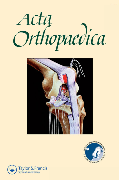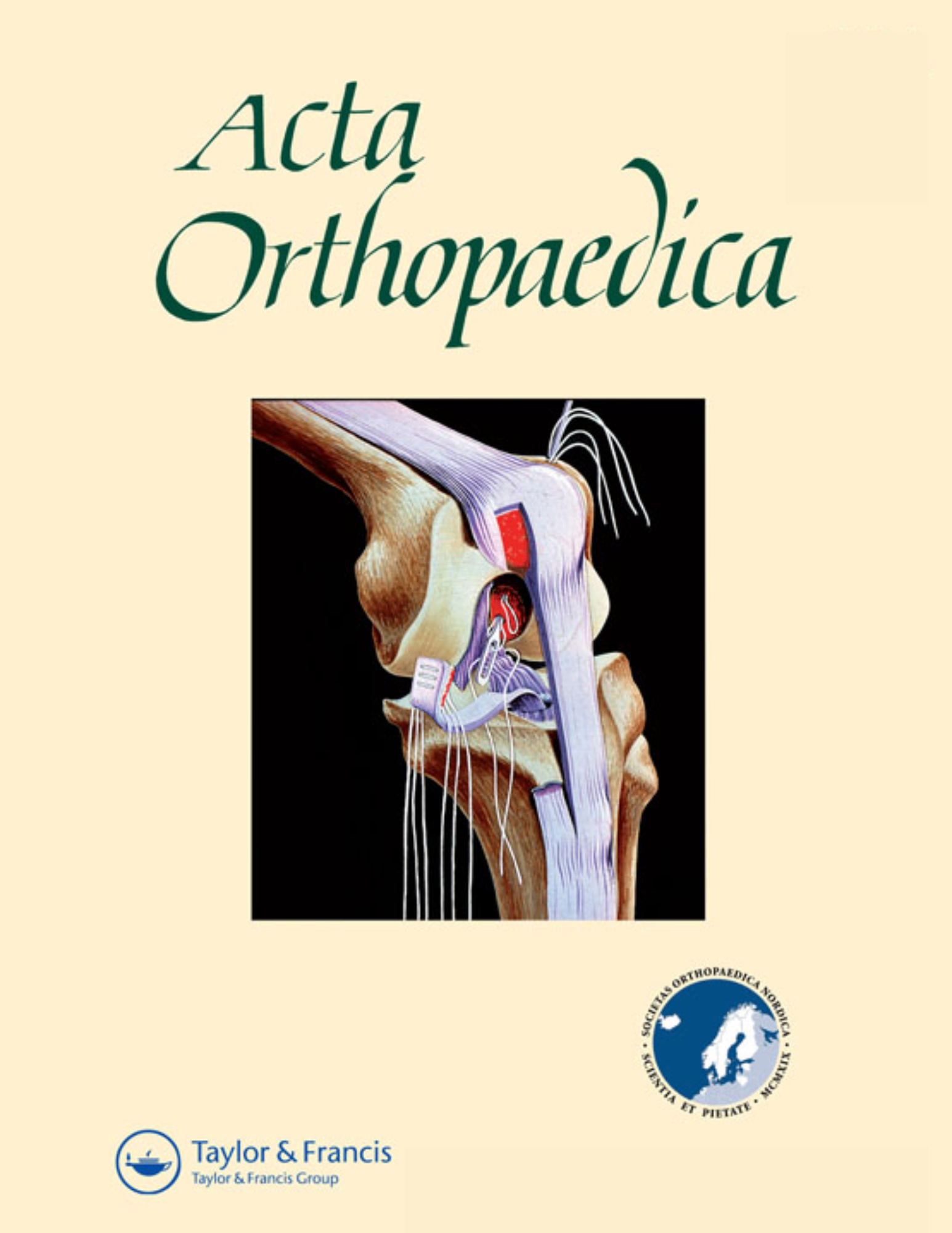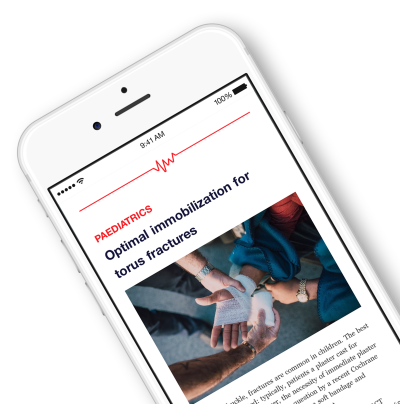
Coatings for femoral stems .
Excessive distal migration of fiber-mesh coated femoral stems
Acta Orthop. 2011 Jun;82(3):308-14. Epub 2011 Apr 1950 arthritic patients undergoing total hip arthroplasty were randomized to receive either distally tapered, extended coated stems, or straight proximally coated stems, to study potential differences in implant migration. At 2 years post-surgery, radiostereometric analysis revealed that both stem types demonstrated large amounts of implant migration, with no significant differences between groups.
Unlock the Full ACE Report
You have access to 4 more FREE articles this month.
Click below to unlock and view this ACE Reports
Unlock Now
Critical appraisals of the latest, high-impact randomized controlled trials and systematic reviews in orthopaedics
Access to OrthoEvidence podcast content, including collaborations with the Journal of Bone and Joint Surgery, interviews with internationally recognized surgeons, and roundtable discussions on orthopaedic news and topics
Subscription to The Pulse, a twice-weekly evidence-based newsletter designed to help you make better clinical decisions
Exclusive access to original content articles, including in-house systematic reviews, and articles on health research methods and hot orthopaedic topics
































































